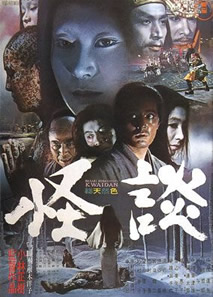
Planning on reviewing 2 Jackie Chan movies this week. Here's the first one, 1985's
Police Story.
Plot summary:
Chan Ka Kui (Jakie Chan) is a Hong Kong police officer who is assigned to protect a key witness in a huge drug bust case. Naturally, things don't go as smoothly as they should and Ka Kui ends up getting framed for the murder of a fellow cop. From there it becomes a race against time to both clear his name and nail the drug lord responsible who is truly responsible.This is definitely one of the best (if not
the best) films Jackie Chan has ever done. Chan's trademark physical comedy and insane stunt work are present in abundance and, since this was made when Chan was in his prime, all of them are pulled off with much more vigor and panache than what's been on display in his more recent movies (and that's saying something). The only gripe I have with the picture is that that aren't that many fight scenes, but this is a minor complaint overall since the ones that are there are superb. Chan's fight choreography is just as polished here as it has been in his more recent efforts, if not more so.
The
DVD is a pretty sweet package as well. Dragon Dynasty has hit another home run with this disc, which includes deleted scenes, a commentary track, a documentary on the film's stunts, an interview with Chan, and several different audio tracks, all for under $20. The DVD's only flaw has to do with the fact that the video is somewhat more grainy than is typical for Dragon Dynasty's releases, but I feel like the grain sort of adds to the gritty look of the movie, so it wasn't really a problem. All in all,
Police Story is a great movie presented on an excellent DVD.
This really is Chan at his finest.
Trivia:
1) Chan not only starred in this movie, he also directed it and sang the theme song.
2) The movie's crew took to calling the film "Glass Story" due to the insane amount of sugar glass that was broken during the fight scenes.
Link(s) of interest:
1)
Police Story theatrical trailer2)
A Police Story fansite





